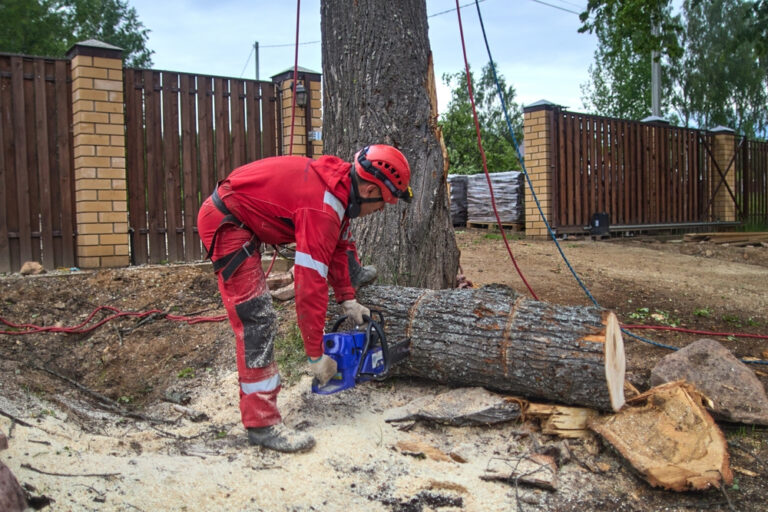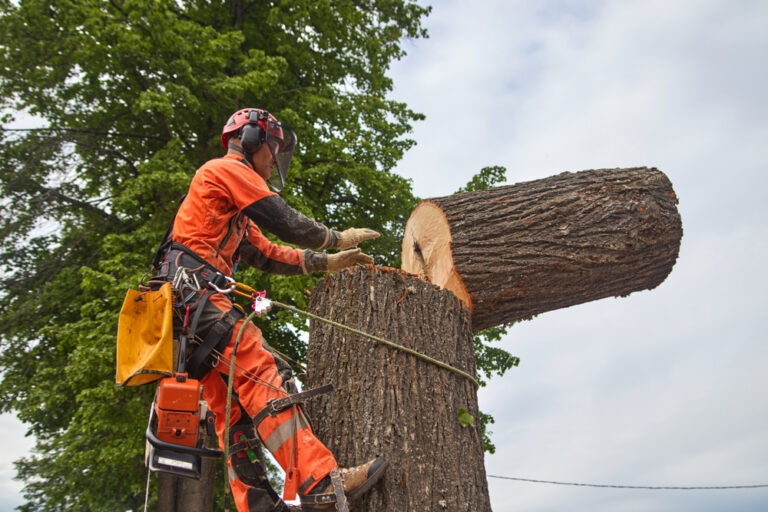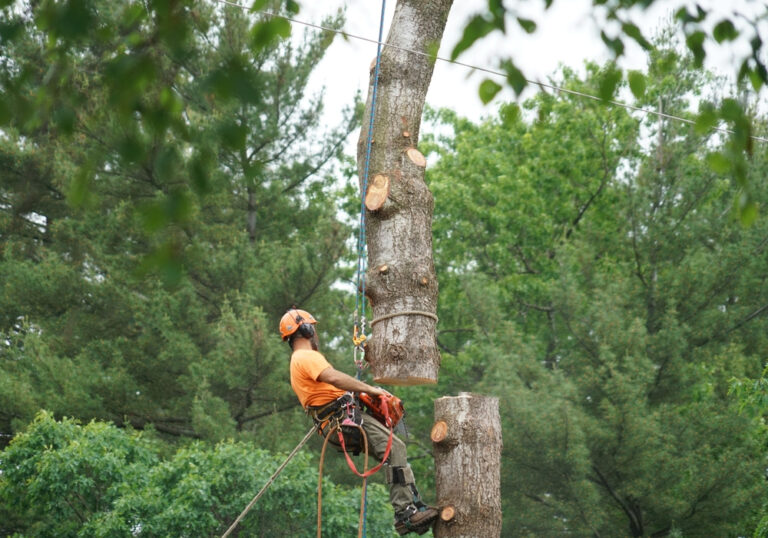Visualize this: Looking at an old tree in their yard, a homeowner notes, “I can save money by cutting it down myself.” It sounds basic enough: grab a chainsaw, cut a few lines, and the tree falls where you want it. Sadly, it is not that simple.
More often than most people know, DIY tree removal is quite risky. The hazards of major injury, property loss, or even death are shockingly great without the right instruments, knowledge, and experience. The risks of do-it-yourself tree removal will be discussed in this tutorial together with the reasons professional arborist hiring is usually the best option.
Understanding the Scope of the Danger
More often than many would believe are tree removal mishaps. The U.S. Occupational Safety and Health Administration (OSHA) estimates that annually tree work accidents cause hundreds of injuries and deaths.
The sheer weight and unpredictability of trees represent a significant hazard. One tree might weigh several tons, and once it begins to fall, control is almost impossible. Dead branches, sometimes referred to as “widowmakers,” can break off suddenly, gravely hurting or perhaps killing someone below.
Professionals tree removal expert go through long courses to learn how trees respond to cutting and how to reduce risks. DIYers risk themselves and their surrounds without this knowledge.
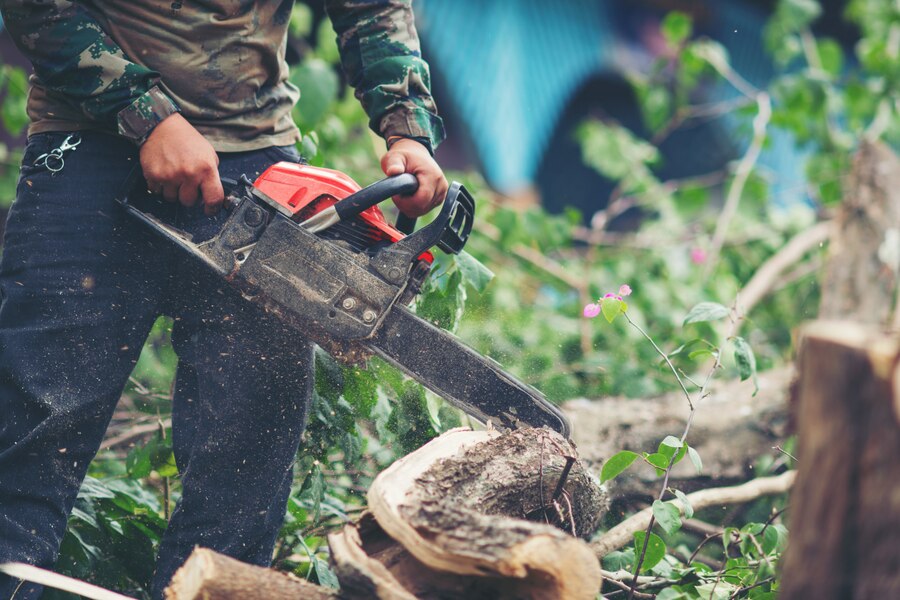
Specific Safety Risks
Personal Injury Risks
- Chainsaw Accidents – Chainsaws are really deadly. A quick kickback can result in worse injuries or amputations.
- Falling Trees and Branches – Ignoring the fall direction of a tree might cause it to land on someone cutting it or on others close by.
- Lifting Heavy Logs – Pulling and dragging big logs can strain the spine and cause major injury.
- Working at Heights – Cutting increases the risk of falls whether one is climbing trees or utilizing ladders.
- Flying Debris – Small branches, bark, and wood chips can fly into your eyes and cut you.
Property Damage Risks
- Damage to Homes and Vehicles – A tree falling in the incorrect direction can destroy sheds, automobiles, fences, and roofs.
- Power Line Dangers – Cutting a tree next to a power line could result in electrocution or create general blackouts.
- Impact on Neighboring Properties – A tree or branch falling on neighbor’s land could cause expensive damage or legal arguments.
Environmental Damage Risks
- Damage to Surrounding Trees and Plants – Bad cutting methods could make nearby trees unstable.
- Soil Erosion – Improper removal of a tree could disturb the ground and cause erosion problems.
Hidden Dangers
- Diseased or Rotten Trees – A tree may seem strong but could be quite erratic if it is rotting within.
- Underground Utilities – Additional problems arise from tree roots becoming caught in water, gas, or sewer lines.
- Unpredictable Weather Conditions – A tree’s falling direction can be instantaneously changed by a sudden breeze.
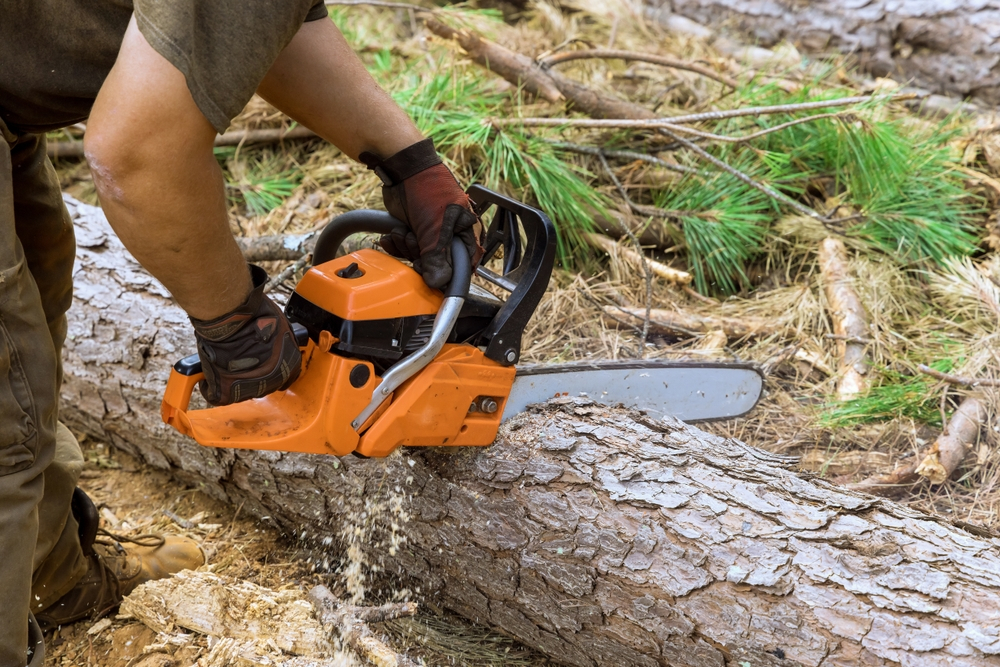
Essential Safety Precautions (If DIY is Absolutely Necessary)
(Disclaimer: Hiring a professional is the safest option. If attempting DIY tree removal, extreme caution is required.)
Must-Have Safety Gear
- Helmet with face shield
- Safety goggles
- Heavy-duty gloves
- Chainsaw chaps
- Steel-toe boots
- Ear protection
Safe Cutting Techniques
- Assess the Tree – Check for dead branches, lean direction, and nearby hazards.
- Plan the Felling Direction – Choose a safe, clear area for the tree to fall.
- Use Proper Cutting Methods – Learn how to make undercuts and back cuts correctly.
- Have a Spotter – Never work alone; always have someone watching.
- Monitor Weather Conditions – Wind and rain increase danger.
- Know Your Limits – If unsure, call a professional.
The Benefits of Hiring a Professional Arborist
- Expertise and Training – Certified arborists are the best experts to remove trees damage-free. Certified arborists are the best experts to remove trees damage-free.
- Proper Equipment – Professionals own specialized tools, cranes, and harnesses.
- Insurance Coverage – Should something go wrong, their insurance pays damages.
- Time and Effort Savings – While experts accomplish the work quickly, do-it-yourself removal can take days.
- Legal Compliance – Arborists can handle some places where tree removal calls for permits.
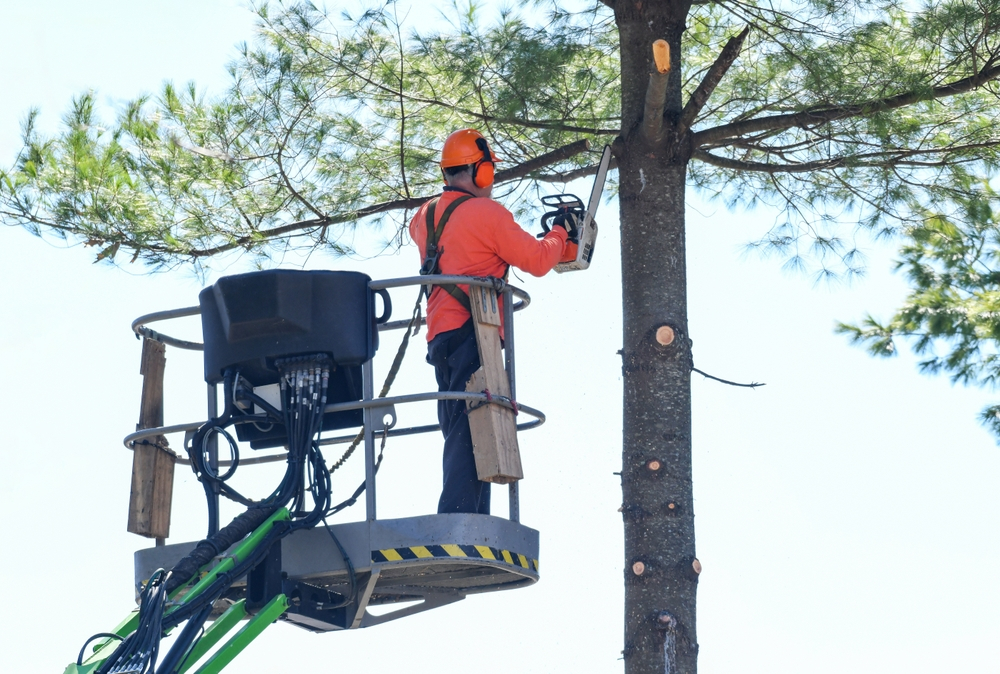
Conclusion
Although do-it-yourself tree removal seems like a cost-effective solution, the hazards much exceed the advantages. Professionals are most suited for this work given the possibility for major injury, property damage, and hidden hazards. Safety comes first, hence choosing a licensed arborist guarantees proper and safe completion of the work.
Tree Trimming Richmond
(804) 533-3943
https://treetrimmingrichmond.com/

